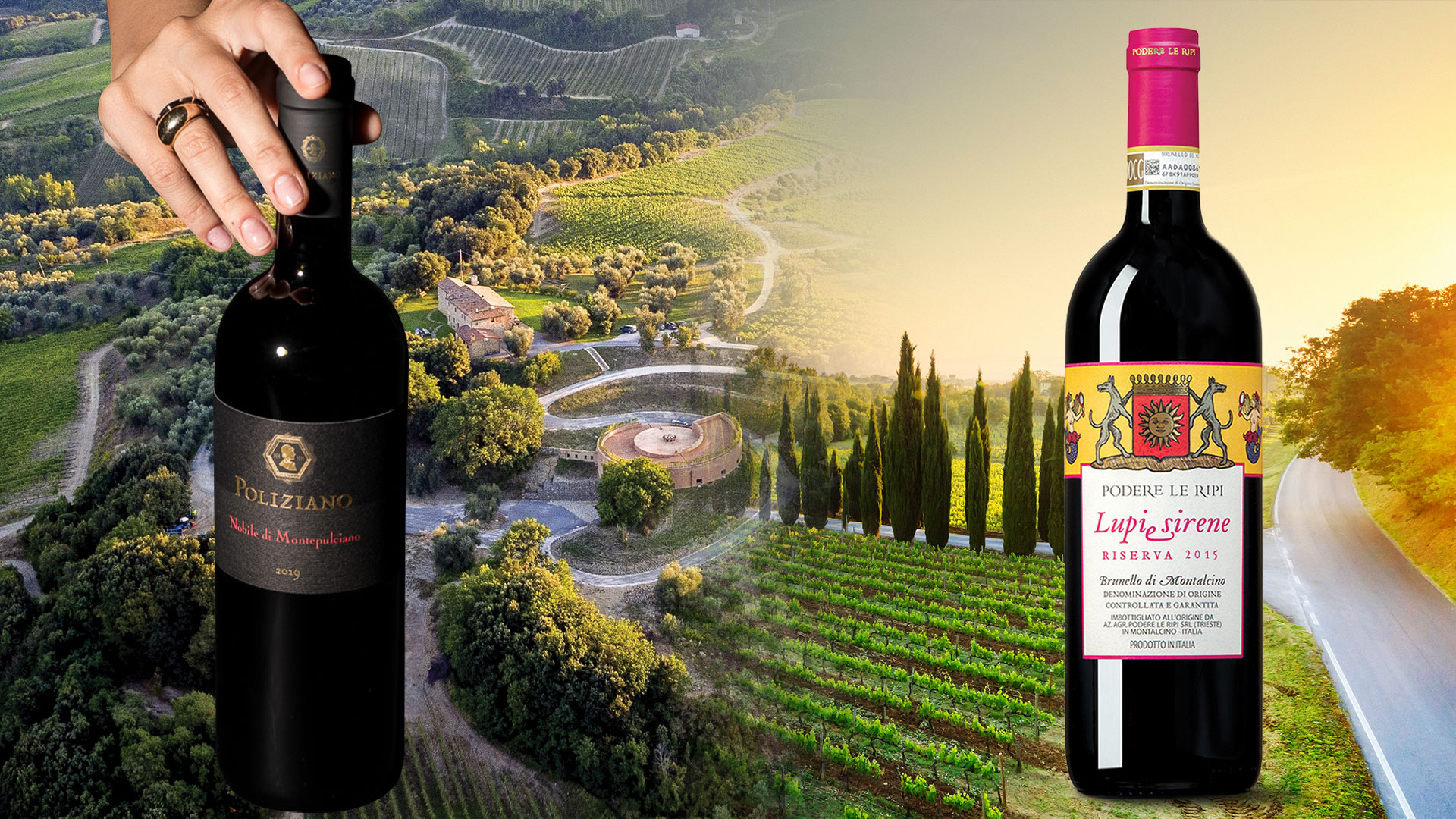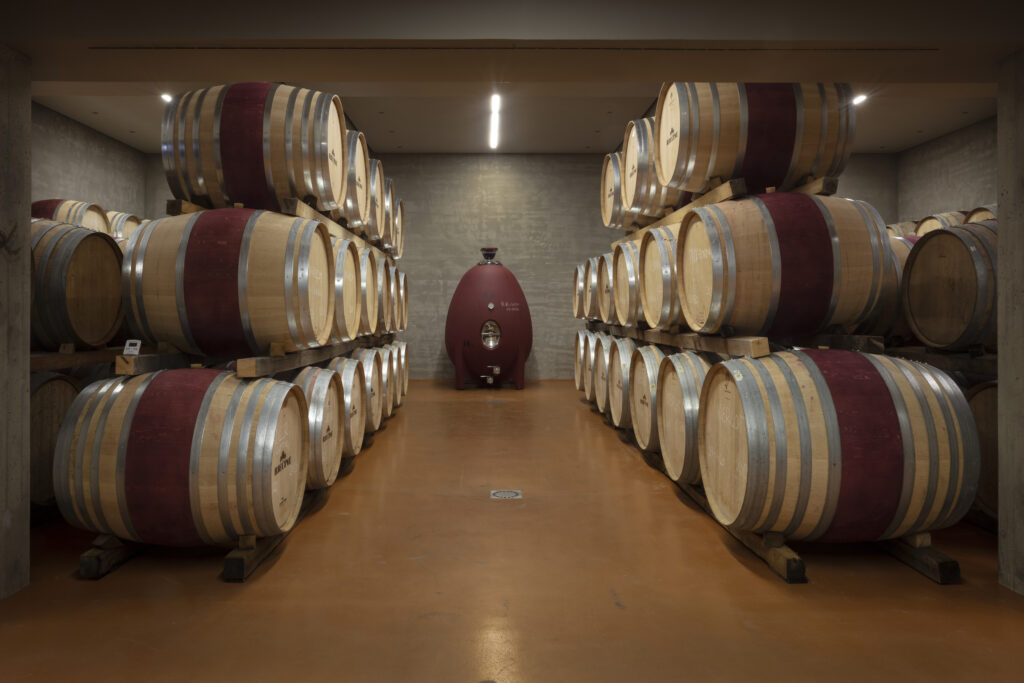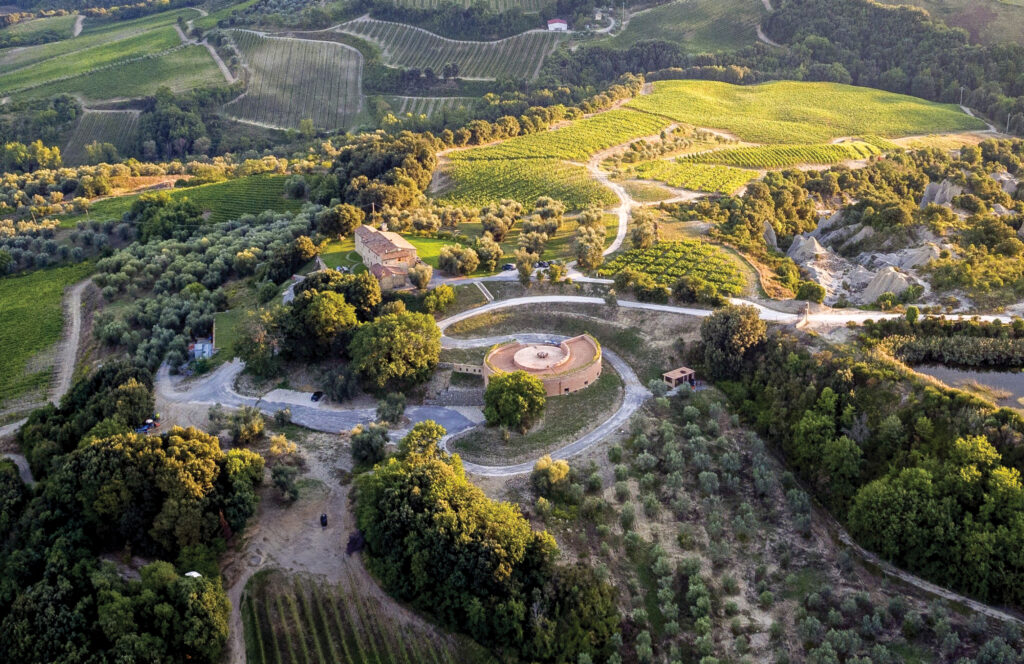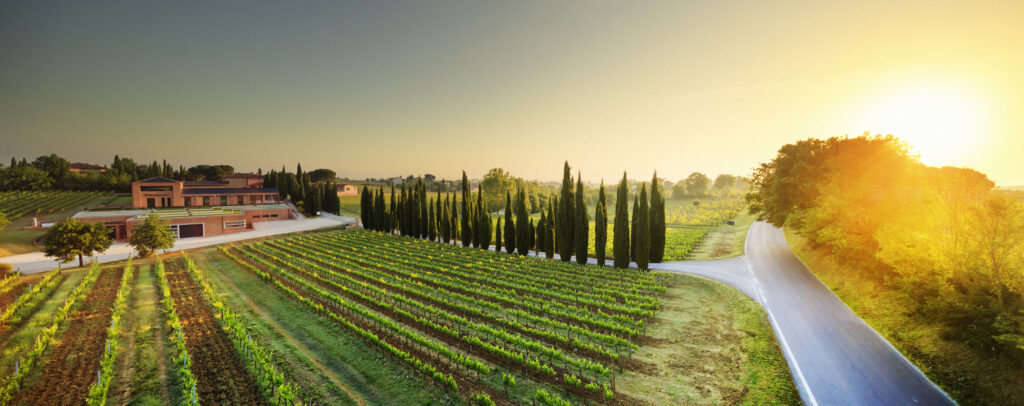
Exultantly Tuscan: Hilly terroir, plentiful rain and super wines characterise the beautiful Italian region
Regarded as the birthplace of the Italian Renaissance, Tuscany is steeped in culture and boasts a beautiful landscape and climate that is ideal for making wine. With a strong regional identity, the capital is the magnificent Florence, while other fantastic places in this tourist haven include Pisa with its leaning tower, Siena, Lucca and Grosseto. With a long-established winemaking tradition, famous wines in Tuscany include the Brunello di Montalcino, Vino Nobile di Montepulciano, Chianti and Morellino di Scansano reds and the white Vernaccia di San Gimignano.

Tuscany is a very hilly region, with elevated land constituting about two-thirds of the total area, much of which is used for agriculture. The western shoreline touches the Ligurian and the Tyrrhenian seas. It has a fairly mild climate, though further inland there are greater fluctuations in temperature and it can be very rainy at times, which has helped to develop fertile soil.
Magical landscapes
David Reali, who works for Italian food and wine importer Certa, hails his Tuscan homeland as his favourite wine region. He says: “It is named for the pre-Roman Etruscan inhabitants, and has magical inland and shore landscapes with amazing sandy or rocky beaches, mountains, hills and flat areas.”

He recalls fondly the area’s outdoors lifestyle, with locals relaxing over good food and wine, and explains why Tuscany, being packed with cultural attractions, draws so many tourists. “The weather is what I love most about my native region. Plus, the history of Tuscany, especially Florence; my city is called la Culla del Rinascimento [the cradle of the Renaissance].”
As Reali points out, winemaking is a world with infinite variants determined by soil, climate and vinification. Tuscany is a stellar Italian wine area for a variety of reasons. “It is a region with a temperate climate that has significant differences between areas, including variations in soil and various landscapes, which is really suitable for grapes,” he says.
Top crop
He highlights the topography as an important factor. “In Tuscany, 67% of the region is hilly, 25% mountainous and 8% flat. Numerous precipitations, mostly concentrated in spring and autumn, are perfect for the vineyards, although it is starting to be a challenge considering the world climate change.”

The proud Tuscan outlines the region’s wine crop. “The main red wines in Tuscany are Sangiovese, Merlot and Cabernet Sauvignon, while white wines produced here are Trebbiano, Vermentino and Vernaccia.” The native Sangiovese grape – one of the 10 most planted grapes in the world – is the singular star of Brunello di Montalcino and the main component of Chianti Classico and Nobile di Montepulciano, three top wines to which Reali is particularly partial.
Sensational Sangiovese
Describing the tastes and aromas of his favourite wines from Tuscany, he elaborates: “The main characteristics of Sangiovese are red and black cherry, liquorice, black tea and nuances of violet aromas. If aged, it can offer aromas of leather, undergrowth and tobacco. It is typically dry with chalky tannins.”

The region’s famed Super Tuscans, which first emerged in Chianti in the 1970s, embrace non-indigenous grapes, often boldly blending Sangiovese with international varieties like Merlot, Cabernet Sauvignon, Cabernet Franc and Syrah to create complex and highly structured wines.







